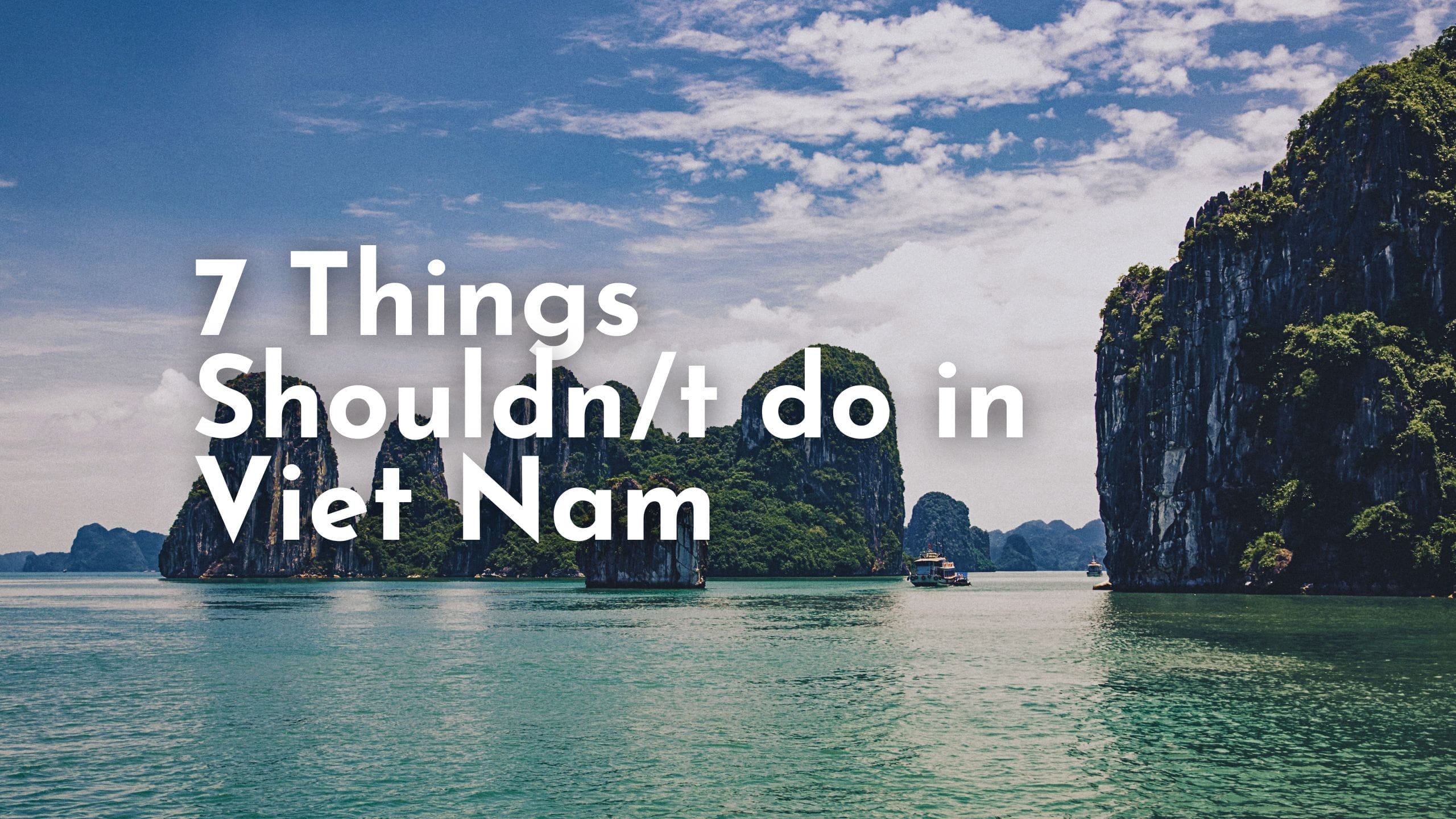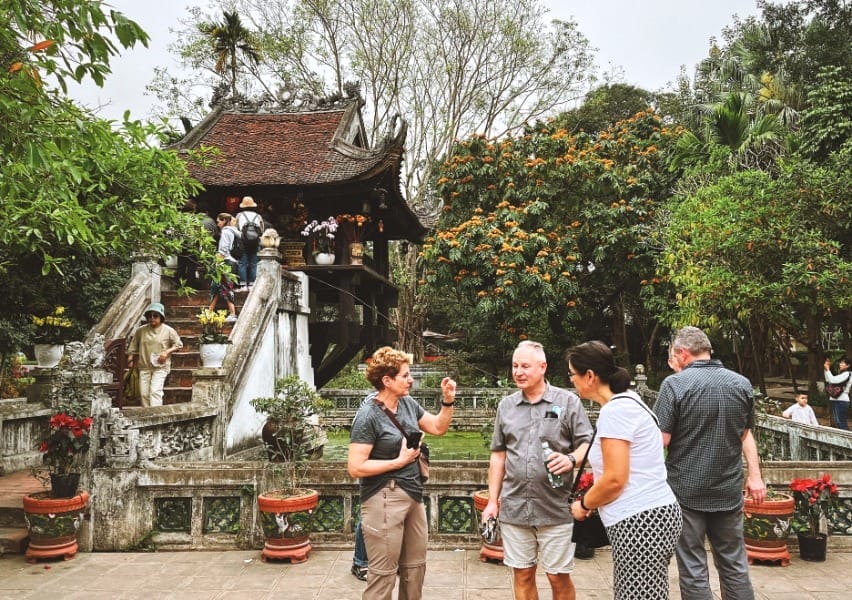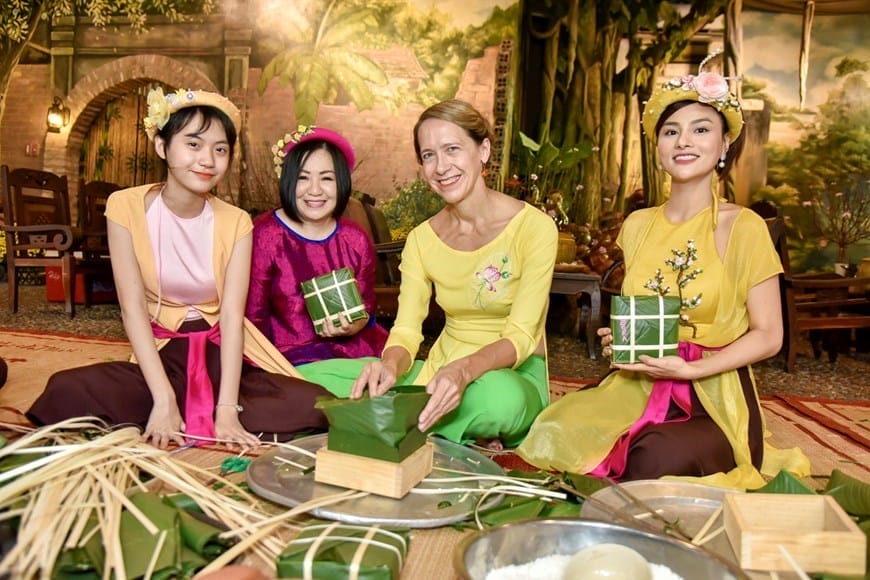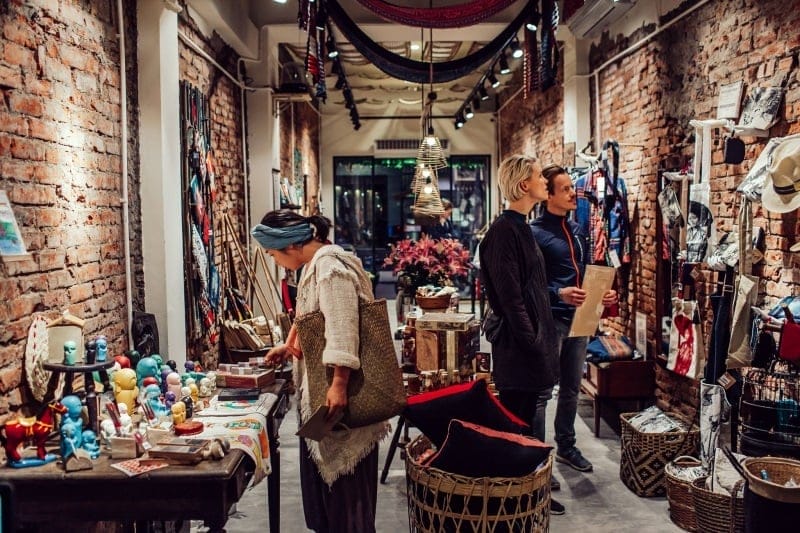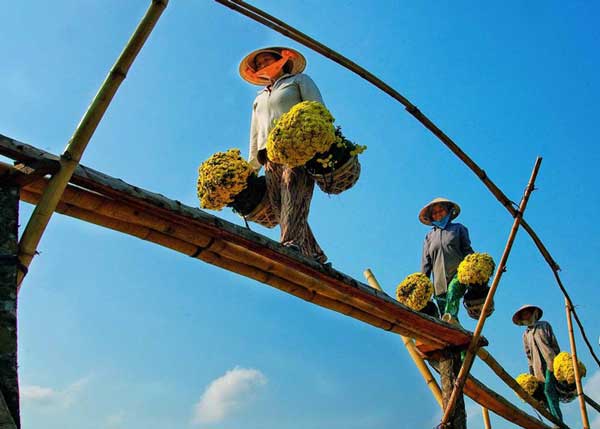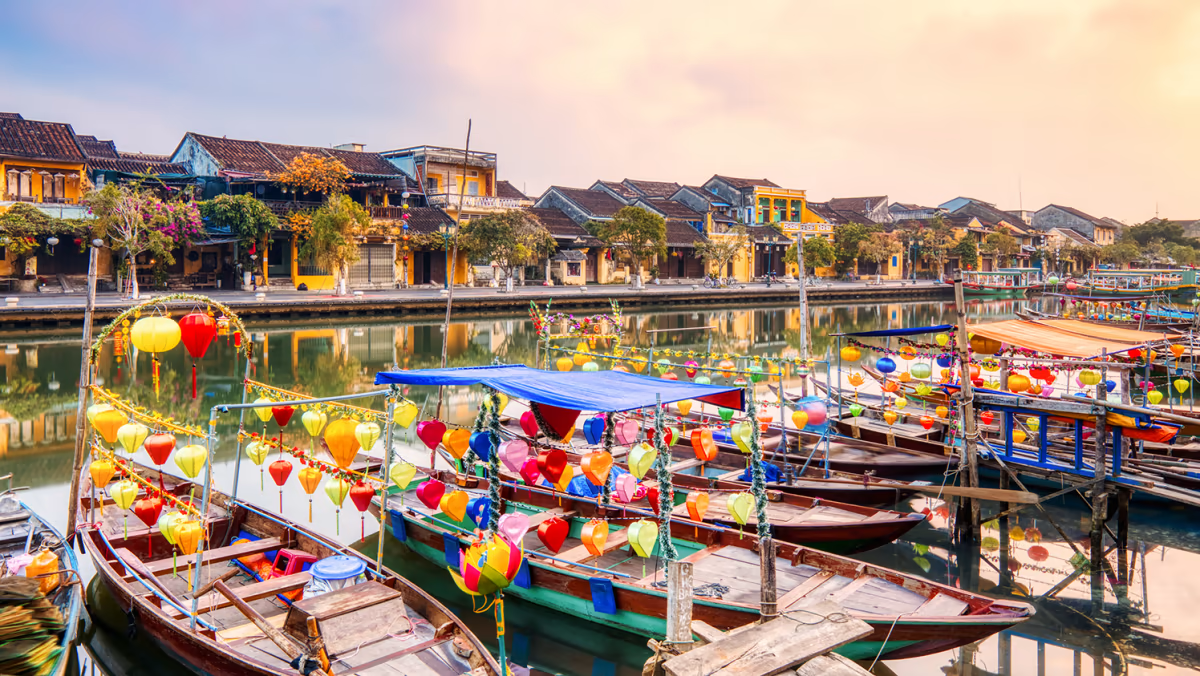Enjoy your journey through Vietnam by avoiding these 7 common traveler pitfalls. From cultural nuances to etiquette essentials, discover the key to a smooth and respectful exploration of this vibrant country.
1. FORGETING TO APPLY FOR VIETNAM VISA
Our Best Selling Tours:
Visiting a foreign country requires some type of Visa application. These applications take time to process, so being proactive and getting the process started as early as possible is best. You can see the process of applying Vietnam Visa as below:

It is quite easy to get Vietnam E-visa via electronic system as long as you are eligible to obtain Vietnam E-visa based on mentioned conditions.
Step 1: Open Official Vietnam Evisa Application Website and Fulfill required information.
Visit this link: https://evisa.xuatnhapcanh.gov.vn/en_US/web/guest/khai-thi-thuc-dien-tu/cap-thi-thuc-dien-tu
This is for outside Vietnam foreigners personally applying for E-visa. The page appears with 3 steps for your Vietnam E-visa Application. Just confirm at the bottom and click Next.
Note: there are many agents providing E-visa services but you should do it by your own to ensure personal information and avoid any additional service fee.
– Upload your portrait photograph and your full passport data page image that you have already prepared. Make sure all photos are clear enough to see.
– Supply personal information according to the instructions:
+ Basic Info: Full name, date of birth, current nationality, nationality at birth, sex;
+ Other Info: Religion, occupation, permanent residential address, phone number, email address;
+ Passport Info: Passport number, type of passport, expiry date*;
+ Travel Info: Intended date of entry to Vietnam, number of days you plan to stay in Vietnam (up to 30), purpose of entry, intended temporary residential address in Vietnam, E-visa validity dates* (by default, 30 days from your entry date), entry and exit checkpoints.
– Click the checkbox “I assure that I have truthfully declared all relevant details” and enter Captcha.
– Finally click on “Review Your Application” button to recheck all details. If you need to make changes, click “Back”.
Note: At this time, a Registration Code is created and it is unchanged when you go back and edit your application. Registration code must be saved in order to check and print E-visa.
Step 2: Submit and make payment
– A summary of your order will be appeared then click “I agree” and “Pay E-visa fee” to continue the payment.
– Choose 1 of the 4 payment methods listed on Payment Gate page. You can use credit cards or debit cards.
– Provide the required information and click “Pay” to complete the procedure.
– The current E-visa fee is 25 USD per person and there will be another 1 USD for processing fee. Please note that the fee will not be refunded in case the applicant is refused to grant E-visa.
Step 3: Confirmation of Successful E-visa Application and Print your Vietnam E-visa
If the payment is successful, you will be redirected to a confirmation page. You will need to wait 3 full working days for your visa to be released. It sometimes takes longer due to the large number of applicants or public holidays.
You can check the result of your E-visa at E-visa search menu. You need to provide required information including your registration code, registered email and date of birth. Note: No email will be sent regarding E-visa result.
After being approved for E-visa, the application status is “Granted Visa” with a link to download. You should print 2 copies of Vietnam E-visa for safety when traveling. In case your visa is still unavailable after 3 working days, or you need urgent support, please contact Vietnam’s e-Visa Support
Step 4: Get your visa stamp upon arrival at the Vietnamese international airport.
Upon arrival at a designated airport, present your approval letter and other documents at the immigration counter. Pay any additional fees if necessary.
After processing your documents, immigration officials will stamp your passport, and you’ll be granted entry into Vietnam. After processing your documents, immigration officials will stamp your passport, and you’ll be granted entry into Vietnam.
2. WEARING SHORTS, SHORT SKIRTS TO PAGODA/TEMPLE
Respecting the expectations surrounding visitation of the Pagoda and Temples in Vietnam is extremely important to the culture. Outside of a religious building, the dress code isn’t a major concern, but dressing more on the conservative side is encouraged.
When visiting temples or pagodas in Vietnam, it’s essential to dress modestly and respectfully. Upon entering a Temple, the less skin showing, the better. It is best to come dressed in skirts or pants that go just below the knee. Be careful with the tightness of pants if you choose to avoid wearing a skirt. It is best to keep the shoulders covered and refrain from any low v-neck shirts.
3. NOT TAKING OFF YOUR SHOES WHEN ENTERING A VIETNAMESE HOUSE
In Vietnamese culture, it is expected to take off shoes before entering any household. In Vietnam, along with several other Asian cultures, it is taught at a young age that it is the polite thing to do when entering a house.
Removing shoes before entering a Vietnamese house is indeed a cultural norm deeply ingrained in the society. This practice is rooted in the belief that shoes can carry dirt and negative energy from outside, and by removing them, one symbolically leaves those elements at the doorstep, creating a clean and harmonious environment within the home.
4. TRAVELING DURING TET (LUNAR NEW YEAR)
Tet is short for Tet Nguyen Dan, which is the most important holiday in Vietnam. It is the Lunar New Year. Tet can be compared to Thanksgiving, Christmas, and New Years’ all in one. Families will travel back home, taking up the majority of the lodging and transportation spaces.
To be honest, we don’t mean that “Travelers mustn’t travel in Tet Hoilday”, but in our opinion, Foreigner travelers shouldn’t travel through Tet Hoilday. The celebrations last 9 full days. Many businesses, including restaurants and shops, close during Tet. Transportation services might also be less frequent. Many services, including transportation and accommodations, might have higher prices during this peak holiday period. Factor in these surcharges when planning your budget to ensure a smoother and more enjoyable travel experience during Tet in Vietnam. Many recommend not traveling during this time because it is difficult for tourists to make the most out of their trips.
5. ASKING FOR PRICES IN THE EARLY MORNING
Vietnamese culture has its superstitions. One of those being the luck received from the first custom of the day at local shops. The shop owners will base the amount of money spent by their first customer to be a prediction of how the day is going to go. This cultural norm stems from the belief that the early hours of the day are considered auspicious, and initiating discussions about money during this time may be perceived as inauspicious or bring bad luck. It’s a subtle yet significant aspect of Vietnamese etiquette, showcasing the cultural sensitivity to time and traditions.
6. HUGGING WHEN GREETING OTHERS
In Vietnam, physical contact, especially hugging, is often reserved for close friends or family members. When meeting strangers or in formal settings, a friendly nod, a smile, or a handshake are more common expressions of greeting.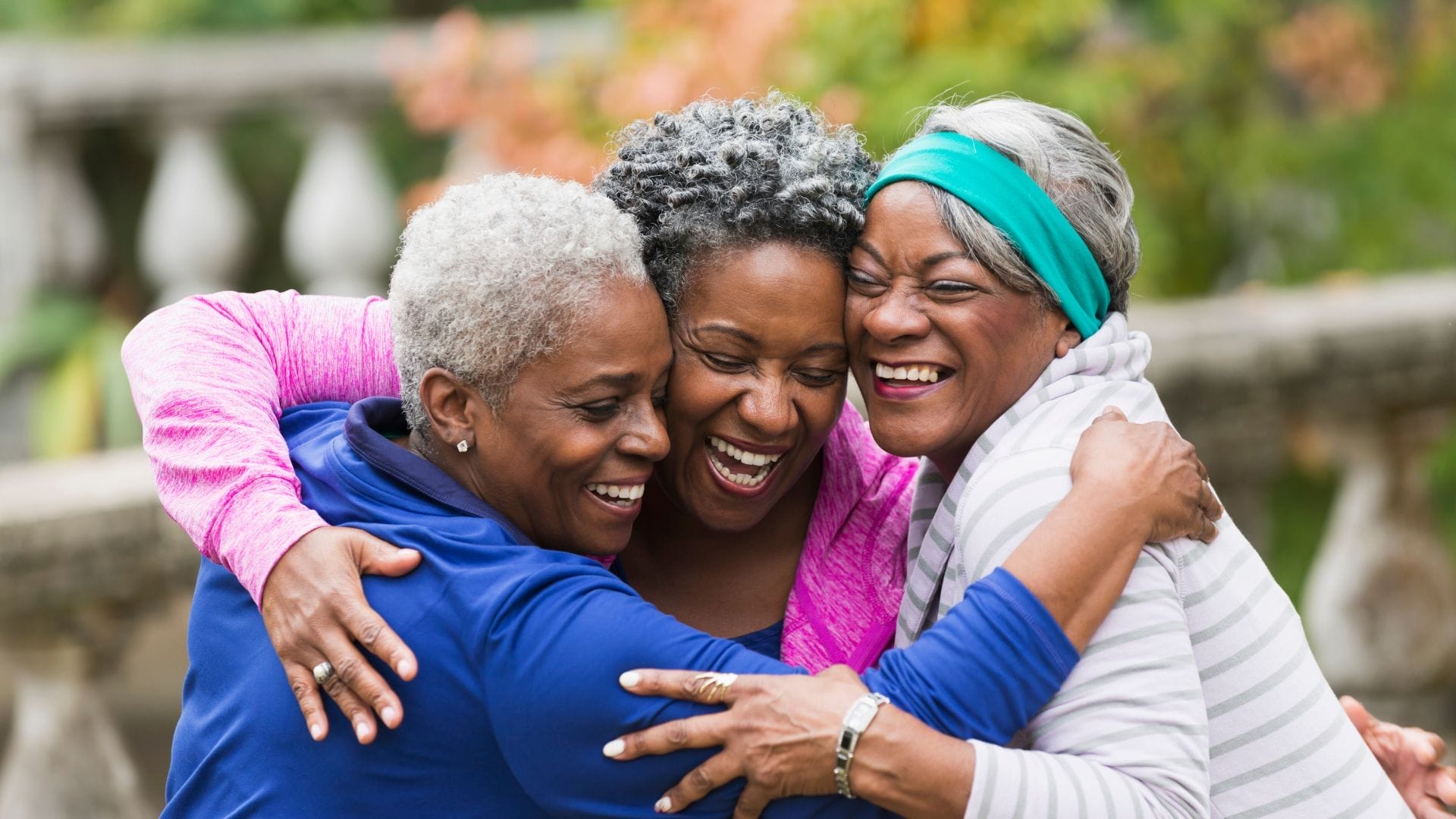
The Vietnamese are not huggers. Hugs are saved for family members only. The common greeting in Vietnam is a combination of a slight bow or a gentle handshake. The women tend to bow and give a slight nod of the head.
7. DISRESPECT TO VIETNAMESE NATIONAL HEROS
Vietnam has a rich history of more than a thousand years. For most of the time in the past, they had to fight against many foreign troops to protect liberty, so national heroes such as Ho Chi Minh, Vo Nguyen Giap are highly worshipped. It will be a serious offense when you make fun of them. Displaying reverence at monuments, memorial sites, and during discussions about historical figures is a sign of cultural respect. It’s a meaningful way to connect with the local culture and show appreciation for the sacrifices and contributions made by these national heroes. Also, when mentioning the Vietnamese war, try to keep an objective view.


